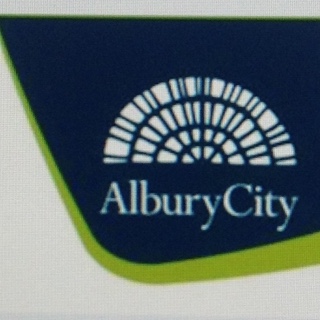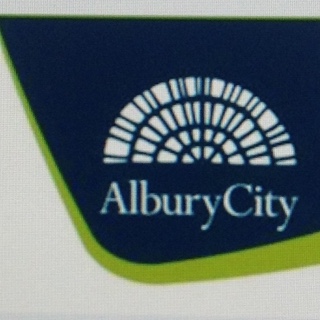Information
EDUCATOR VISIT RECORD
-
Conducted on
-
Prepared by Glynis Richardson
-
EDUCATOR:
-
TRIM File Number:
-
Location
SITE INFORMATION
-
Educator:
- Melissa Adams
- Azmina Ali
- Charmaine Blackett
- Hayley Blomely
- Kerry Bond
- Maree Brown
- Paula Crisp
- Jo Dunlop
- Helen Eulenstein
- Tracey Francis
- Julia Hollis
- Nanda Jamble
- Lynn Mitselburg
- Shar Smith
- Hannah Spannari
- Nic Stork
- Giselle Strauss
- Michelle Townsend
-
Date:
-
Weather
- Sunny
- Cloudy
- Raining
- Cold
- Hot
-
Address:
-
Front door locked
-
Timesheets sighted / receipts given
-
Visitor's Book signed
-
Visit cards / observations
-
Sleep log
-
Sleeping children sighted
-
Accessible areas sighted
-
Inaccessible areas sighted
-
Outdoor areas sighted
-
Environmental checks
-
Pets inaccessible to children
-
-
Pet food / water / bedding inaccessible to children
-
On arrival
ON ARRIVAL:
-
What are the children involved in?
-
Television:
-
Music:
CHILDREN IN CARE:
-
Child 1.
-
Child 2.
-
Child 3.
-
Child 4.
-
Child 5.
-
Child 6.
-
Child 7.
-
Absent:
-
Other people present:
-
Child Health & Wellbeing?
PROGRAM / PLANNING:
-
Up to date:
-
Displayed:
-
Sighted:
-
Add media
-
Linking of Excursions:
-
Comments
-
Add media
NQS/EYLF
EYLF Learning Outcomes
-
Identity
-
1.1 Self-confidence (role play, communicate their needs, build secure attachments, routines, openly express their feelings, relationships and play)
-
Add media
-
Reflection:
-
1.2 Investigation & Understanding ( co-operate, confidence, persist, decision-making, achievements )
-
Add media
-
Reflection:
-
1.3 Relationships & Cultural Awareness
-
Add media
-
Reflection:
-
1.4 Emotions (expressive & empathy)
-
Add media
-
Reflection:
-
Community
-
2.1 Relationships & Interactions (community resources, such as libraries etc.)
-
Add media
-
Reflection:
-
2.2 Diversity (differences and similarities)
-
Add media
-
Reflection:
-
2.3 Equality (gender, race etc.)
-
Add media
-
Reflection:
-
2.4 Environmental (sustainability, natural and constructed, living and non-living things)
-
Wellbeing
-
Add media
-
Reflection:
-
3.1 Positive Interactions (social and emotional wellbeing)
-
Add media
-
Reflection:
-
3.2 Health & Physical Wellbeing (nutrition, gross & fine motor, self help, sensory)
-
Add media
-
Reflection:
-
Learning
-
4.1 Imaginations (investigate, imagine & explore ideas, persist with tasks)
-
Add media
-
Reflection:
-
4.2 Problem solving & exploring possibility (reflective thinking, cause & effect, trial & error, motion)
-
Add media
-
Reflection:
-
4.3 Mimics skills of self & others
-
Add media
-
Reflection:
-
4.4 Investigate
-
Add media
-
Reflection:
-
Communication
-
5.1 Verbal/non-verbal interaction
-
Add media
-
Reflection:
-
5.2 Reading/writing/signing
-
Add media
-
Reflection:
-
5.3 Expression (arts, dance, drama & music)
-
Add media
-
Reflection:
-
5.4 Understanding & links patterns/sequences (letters, numbers, time, money, sort)
-
Add media
-
Reflection:
-
5.5 Technology (use as props e.g. keyboards, phones)
-
Add media
-
Reflection:
EYLF Principles
-
1. Secure, respectful and reciprocal relationships
-
2. Partnerships
-
3. High expectation and equity
-
4. Respect for diversity
-
5. Ongoing learning and reflective practise
-
Comment:
EYLF Practice
-
1. Holistic approaches
-
2. Responsiveness to children
-
3. Learning through play
-
4. Intentional teaching
-
5. Learning environments
-
6. Cultural competence
-
7. Continuity of learning and transitions
-
8. Assessment for learning
-
Comments:
NUTRITION
-
Menu displayed:
-
Written in daily diary:
-
Today's lunch:
-
Sighted
-
Today's snacks
-
Add media
-
Sighted
-
Was water accessible to children?
Conclusion
REGULATIONS / POLICIES
-
Comments:
OCCUPATIONAL HEALTH & SAFETY
-
Comments:
GENERAL COMMENTS
-
Educator Goals:
-
Follow-Up required by Educator:
-
CDC Follow-Up:
-
Educator's Signature
-
CDC's Signature








